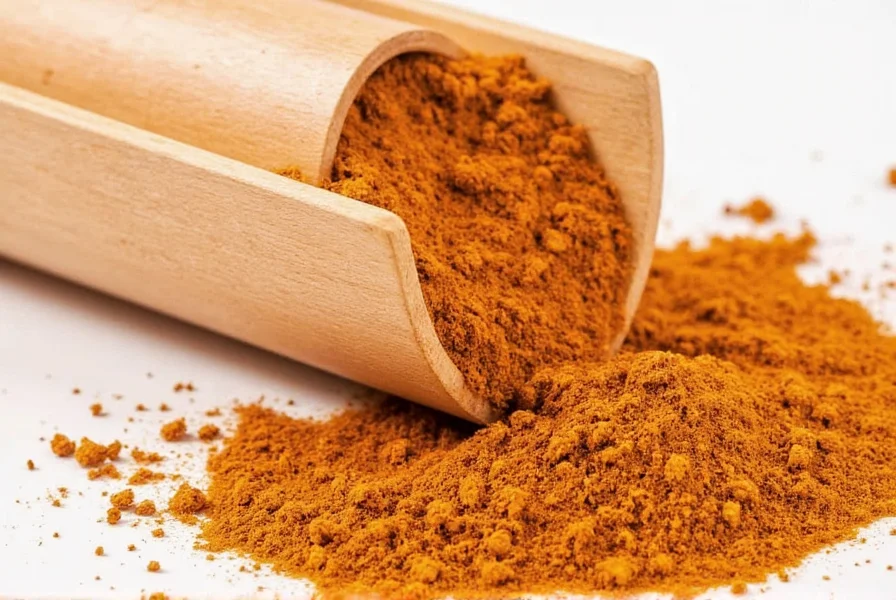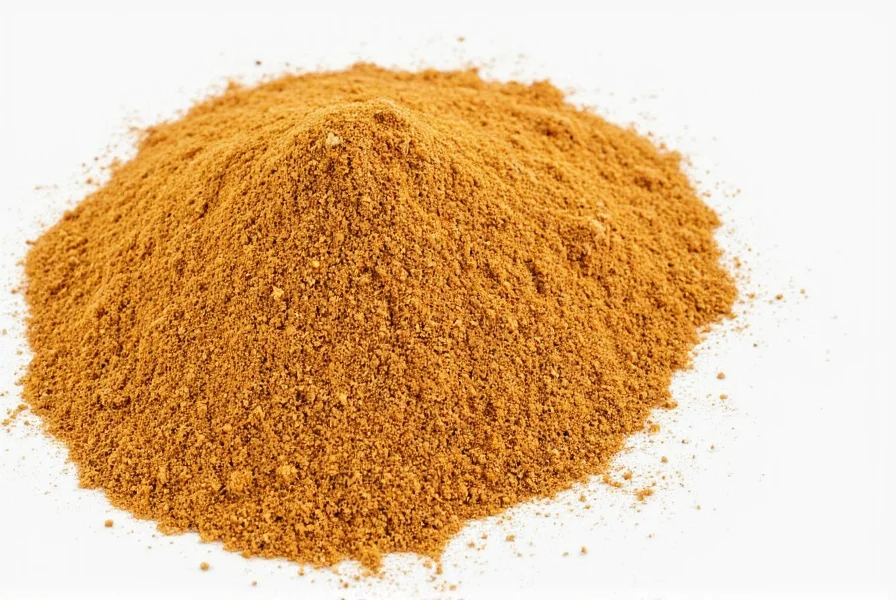Many natural skincare enthusiasts explore kitchen spices for beauty routines, and cumin frequently appears in DIY facial treatments. This ancient spice, scientifically known as Cuminum cyminum, has been used in traditional medicine systems across Asia and the Middle East for centuries. While modern research on cumin's specific effects on facial skin remains limited, its chemical composition suggests potential benefits worth examining.
Understanding Cumin's Skincare Properties
Cumin seeds contain several bioactive compounds that may benefit skin health when properly prepared. The primary components include:
| Compound | Concentration in Cumin | Potential Skincare Benefit |
|---|---|---|
| Thymoquinone | 30-50% | Antioxidant and anti-inflammatory properties |
| Terpenes | 20-30% | Antimicrobial effects against acne-causing bacteria |
| Phenolic acids | 10-15% | Protection against environmental damage |
| Vitamin E | 5-8% | Moisturizing and skin barrier support |
These compounds work synergistically to potentially address common skin concerns. Research published in the Journal of Ethnopharmacology indicates cumin extracts demonstrate significant antioxidant activity, which may help combat free radical damage contributing to premature aging. Another study in BMC Complementary Medicine and Therapies found cumin oil exhibited antimicrobial properties against Propionibacterium acnes, the bacteria associated with inflammatory acne.
Safe Application Methods for Facial Use
When incorporating cumin into your skincare routine, proper preparation is essential to minimize irritation risks. Raw cumin powder applied directly to skin can cause significant irritation due to its potent compounds. Consider these safer application methods:
- Cumin honey mask: Mix 1 teaspoon of finely ground cumin with 2 tablespoons of raw honey. Apply to clean skin for 15 minutes before rinsing.
- Cumin yogurt treatment: Combine 1/2 teaspoon cumin powder with plain yogurt and a few drops of rose water for sensitive skin types.
- Diluted cumin oil: Mix 1-2 drops of cumin essential oil with 1 tablespoon of carrier oil like jojoba or almond oil.

Scientific Evidence vs. Anecdotal Claims
The skincare community often makes bold claims about cumin's effects on hyperpigmentation, wrinkles, and severe acne. However, current scientific evidence doesn't fully support these assertions. Most studies examining cumin's effects on skin have been conducted in vitro (in laboratory settings) or on animal models, not on human facial skin.
A 2022 review in Dermatology Practical & Conceptual analyzed available research on spice-based topical treatments and concluded: "While spices like cumin show promising bioactive properties, clinical evidence for their efficacy in treating specific facial skin conditions remains insufficient. More rigorous human trials are needed before recommending them as primary treatments."
Safety Considerations and Potential Side Effects
Before trying cumin face treatments, understand these important safety considerations:
- Photosensitivity: Cumin contains compounds that may increase skin sensitivity to sunlight, potentially leading to sunburn or hyperpigmentation.
- Allergic reactions: The American Contact Dermatitis Society lists cumin as a potential allergen, particularly for those with existing spice allergies.
- pH imbalance: Raw cumin has a pH of approximately 5.5-6.5, which may disrupt the skin's natural acidic mantle (pH 4.5-5.5).
- Staining: Cumin's natural pigments can temporarily yellow light-colored skin.
Dermatologists recommend performing a patch test 48 hours before full facial application. Apply a small amount of your prepared cumin treatment behind your ear or on your inner forearm. If redness, itching, or swelling develops, avoid using it on your face.
When to Consult a Professional
Natural remedies like cumin face treatments shouldn't replace professional medical care for serious skin conditions. Consult a board-certified dermatologist if you experience:
- Severe or cystic acne
- Chronic inflammatory skin conditions like rosacea or eczema
- Suspected skin infections
- Significant hyperpigmentation or scarring
Certified skincare professionals can help determine whether incorporating cumin into your routine might complement evidence-based treatments. They can also advise on proper formulation to maximize potential benefits while minimizing risks.
Comparing Cumin with Other Natural Skincare Options
When exploring natural facial treatments, understanding how cumin compares to other popular options helps make informed decisions:

Unlike turmeric, which has more substantial research supporting its anti-inflammatory effects, cumin's skincare benefits remain less documented. Compared to well-studied ingredients like aloe vera or green tea extract, cumin lacks the same volume of clinical evidence for facial applications.
Creating a Balanced Skincare Approach
If you decide to try cumin-based facial treatments, integrate them thoughtfully into your existing routine:
- Use cumin treatments no more than once weekly to assess tolerance
- Always follow with broad-spectrum SPF 30+ during daytime use
- Introduce only one new ingredient at a time to identify reactions
- Discontinue immediately if irritation occurs
- Combine with proven skincare fundamentals like gentle cleansing and moisturizing
Remember that individual skin responses vary significantly. What works for one person might irritate another's skin. Document your experience with photos and notes to track any changes over time.
Final Considerations for Natural Skincare Enthusiasts
Natural skincare ingredients like cumin offer an appealing alternative for those seeking to minimize synthetic ingredients. However, "natural" doesn't automatically mean safer or more effective. The concentration, preparation method, and individual skin chemistry all influence outcomes.
When researching natural skincare approaches, look for information from credible sources that cite scientific studies rather than anecdotal testimonials alone. Reputable dermatology associations and peer-reviewed journals provide more reliable information than social media trends.
Can cumin remove dark spots from the face?
Limited evidence suggests cumin may help with mild hyperpigmentation due to its antioxidant properties, but it's not a proven treatment for dark spots. Clinical studies on cumin specifically for hyperpigmentation are lacking, and results vary significantly between individuals. For persistent dark spots, consult a dermatologist about evidence-based treatments.
How long does it take to see results from using cumin on the face?
If any benefits occur from cumin facial treatments, they typically appear after 4-8 weeks of consistent, proper use. However, many users report no noticeable changes. Significant skin improvements usually require evidence-based treatments with documented efficacy rather than spice-based remedies alone.
Is cumin safe for sensitive facial skin?
Cumin can cause irritation for sensitive skin types. The American Contact Dermatitis Society identifies cumin as a potential allergen. Those with sensitive skin should perform a patch test 48 hours before facial application and consider using highly diluted formulations like cumin-infused honey masks rather than direct application of cumin powder.
Can I leave cumin paste on my face overnight?
Leaving cumin paste on your face overnight is not recommended due to the risk of irritation, allergic reactions, and potential photosensitivity. Most safe applications suggest 10-20 minute exposure times. Overnight application increases the likelihood of adverse reactions, especially for first-time users or those with sensitive skin.
Does cumin help with acne treatment?
Some laboratory studies show cumin extracts have antimicrobial properties against acne-causing bacteria, but human clinical evidence is limited. While cumin might offer mild benefits as part of a comprehensive acne regimen, it shouldn't replace proven treatments like salicylic acid, benzoyl peroxide, or prescription medications for moderate to severe acne.










 浙公网安备
33010002000092号
浙公网安备
33010002000092号 浙B2-20120091-4
浙B2-20120091-4